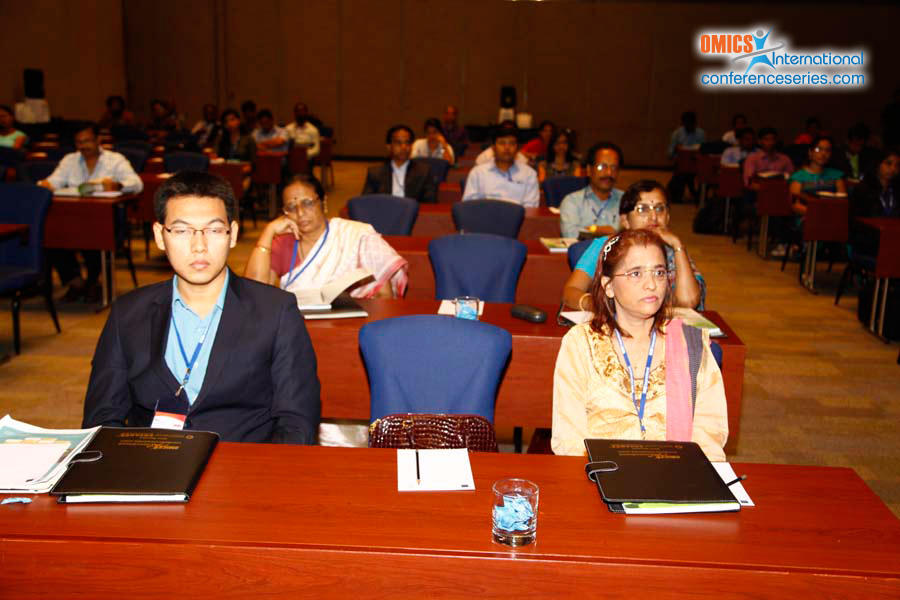
Chittipong Tipbunjong
Mahidol University, Thailand
Title: Enhancement of C2C12 myoblast proliferation and differentiation by diarylheptanoids form Curcuma comosa Roxb
Biography
Biography: Chittipong Tipbunjong
Abstract
Enhancement of C2C12 myoblast proliferation and differentiation by diarylheptanoids form Curcuma comosa Roxb.: Diarylheptanoids is a phytoestrogen that exhibits numerous biological activities. However, its effect on myogenesis is not known. Previously, it has been reported that estrogen improved muscle regeneration after injury and that mouse myoblasts, C2C12, expressed estrogen receptors. This study, therefore, aims to determine the effect of 1-(4-hydroxyphenyl)-7-phenyl-(6E)-6-hepten-3-one, which is extracted from Curcuma comosa Roxb. and has an estrogenic activity comparable to that of genistein, on myoblast differentiation. Treatment with this compound increased the expressions of myogenin and myosin heavy chain (MHC) proteins determined by western blotting and immunofluorescence staining. These effects were blocked by ICI 182,780 and ER-ï¡ siRNA suggesting that ER-ï¡ is involved in the enhancement of myoblast differentiation. At the early stage of differentiation, phosphorylated ERK, Akt and p38MAPK were increased. However, blockades with their specific inhibitors showed that only phospho-Akt and phospho-p38MAPK, but not phospho-ERK, were associated with myoblast differentiation. The compound also increased phosphorylation of P70S6Kinase, GSK3-β, β-catenin, and NF-ĸB. Interestingly, blockades with Akt inhibitor, Rapamycin, and SB203580 revealed mTOR/P70S6Kinase and GSK3-β/β-catenin are the downstream of Akt, but NF-ĸB is under the p38 MAPK and no crosstalk between Akt and p38 MAPK during differentiation. It is concluded that the diarylheptanoid enhances C2C12 myoblast differentiation by increasing MHC and myogenin levels through ER-α mediated Akt/mTOR/P70S6Kinase, Akt/GSK3-β/β-catenin, and p38 MAPK/NF-ĸB signaling.

